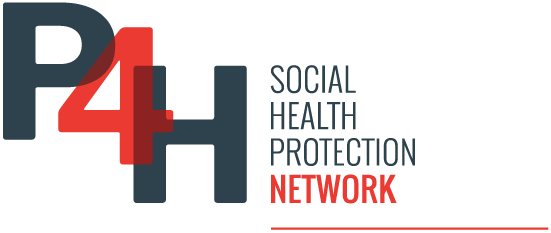Iraq’s healthcare system, once robust, has deteriorated due to decades of conflict, sanctions, and poor governance, leaving most citizens without insurance and reliant on an underfunded public sector plagued by staff shortages and inefficiencies. To address this, a collaborative health insurance model integrating public oversight with private sector management is proposed to expand coverage, improve service quality, and build a foundation for long-term reform.
Iraq’s healthcare system, once a regional model of medical excellence, now faces a severe crisis due to decades of conflict, sanctions, and chronic neglect. Prolonged violence and instability have driven significant numbers of medical professionals to emigrate, creating acute shortages in both staff and resources. The public’s mistrust in government-run healthcare deepened after the COVID-19 pandemic, which revealed—and exacerbated—fundamental weaknesses in infrastructure and service delivery. As a result, many Iraqis either seek better care abroad or turn to an expanding private sector, effectively dividing access along economic lines and increasing health disparities.
Iraq’s social protection and healthcare have traditionally been closely linked to public sector employment. However, rising unemployment and poverty—compounded by the pandemic—left most of the population uninsured, with nearly 96% of Iraqis lacking health insurance and forced to rely on underfunded, poorly resourced public services. Social assistance in Iraq is fragmented among several schemes, such as state-employee pensions, private sector social security, ration cards, and the Social Safety Network (SSN), with little coordination, duplication of benefits, and incomplete coverage, especially for the most vulnerable. Non-governmental and faith-based organizations attempt to bridge these gaps, but their resources are limited and often duplicated.
Formal social protection systems extend to both public and private workers but remain patchy, with particularly limited coverage for private sector employees. Key national initiatives include the 2014 Social Protection Law and the Iraq Social Protection Strategic Roadmap, which set out to create a more comprehensive safety net. Recent efforts include the registration and coverage of internally displaced persons (IDPs) in cash assistance programs, though significant portions of the population remain outside both contributory and non-contributory safety nets.
The country’s healthcare trajectory has been shaped by its tumultuous history. Iraq’s health system in the 1970s and 1980s delivered high-quality, fully subsidized care, with widespread access to hospitals and clinics, backed by strong state funding. International isolation, wars, and sanctions, beginning in the 1980s, decimated infrastructure and slashed public funding. Sanctions led to a dramatic decrease in essential imports, rising child mortality, and infrastructure decline. The UN’s Oil for Food Program in the mid-1990s partially mitigated shortages but could not reverse the deterioration. Post-2003 reconstruction efforts increased healthcare expenditure, but persistent mismanagement, ongoing insecurity, and continued staff emigration prevented meaningful recovery.
Recent legal reforms, such as 2020’s Health Insurance Law, aim to restructure the system by outsourcing management to private providers and making insurance mandatory for some groups. However, implementation is slow, hindered by lack of awareness, funding constraints, and dependency on government initiative. Meanwhile, the private sector continues to grow, but private insurance coverage remains minimal, and high out-of-pocket spending leaves most Iraqis vulnerable to financial hardship from healthcare costs.
Moving forward, the paper advocates for a collaborative health insurance model. This approach would blend public responsibility for accessibility and quality with private sector management, aiming to expand coverage, reduce pressures on public services, and ensure higher-quality care. Recommendations include consolidating fragmented social assistance programs, investing in medical education and workforce expansion, digitalization of healthcare records, medication tracking to prevent smuggling, and building partnerships for medical training and technology transfer. Additionally, business climate reforms to encourage public-private partnerships, mandatory insurance coverage, and phased funding transitions—including targeted public subsidies for the poor—are proposed. Public education campaigns will be vital to ensure citizen understanding and participation in the new system. Such measures can offer short-term stabilization while laying the foundation for comprehensive, equitable healthcare reform in Iraq.


